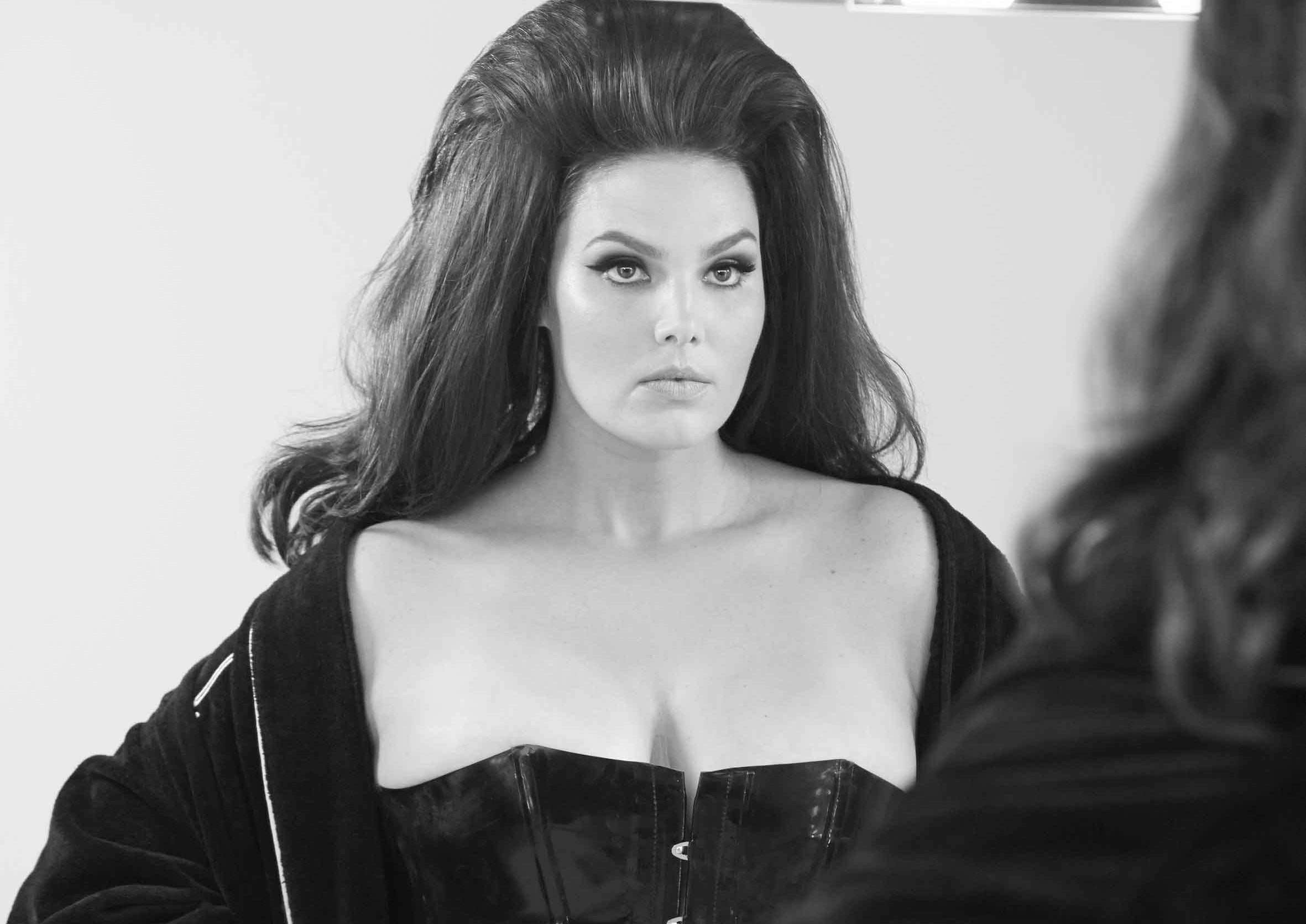Pirelli calendar 2015: The problem with 'plus-size' models like Candice Huffine
All this incessant worship of the hourglass, under the premise of promoting ‘body confidence’ has served to do is replace one very narrow beauty paradigm with another


Your support helps us to tell the story
From reproductive rights to climate change to Big Tech, The Independent is on the ground when the story is developing. Whether it's investigating the financials of Elon Musk's pro-Trump PAC or producing our latest documentary, 'The A Word', which shines a light on the American women fighting for reproductive rights, we know how important it is to parse out the facts from the messaging.
At such a critical moment in US history, we need reporters on the ground. Your donation allows us to keep sending journalists to speak to both sides of the story.
The Independent is trusted by Americans across the entire political spectrum. And unlike many other quality news outlets, we choose not to lock Americans out of our reporting and analysis with paywalls. We believe quality journalism should be available to everyone, paid for by those who can afford it.
Your support makes all the difference.Pirelli has cast its first ever so-called ‘plus size’ model, Candice Huffine, for its much-hyped annual calendar. For the uninitiated (and there is, lest we forget, no reason why you should be initiated – Pirelli does not sell its calendars to the public) the annual features high profile women posing in something (usually) shiny, latex-like and incredibly revealing. Supermodels and Hollywood actresses have consented to appear on the calendar’s pages in the past, hence its reputation for luxury and exclusivity.
I have a history of adamant refusal to be drawn into discussions about whether women who freely consent to pose in their undercrackers are being exploited, because I consider such conversations a waste of precious breath. I’m not about to start now. Whether the topic be page three, Kim Kardashian’s oiled posterior or the cast of the Pirelli calendar, my stance is the same: Suggesting that these women subconsciously collude with the patriarchy and that their decisions are therefore not their own is not only utterly snide, it’s the sort of attitude that stops young women from identifying as feminists.
What is more interesting, in my view, is the gigantic hoo-ha Pirelli’s decision to include a ‘plus size’ model has incurred. In an interview with Candice, the writer is careful to emphasise that the size 16 model’s inclusion is not gratuitous or ‘publicity seeking’ because she is "easily one of the most gorgeous women on the planet". As if we are expected to say "Fancy that! A size 16 and conventionally attractive! I’ve never heard of such an outrageous thing in my life!".
I’ve long wrestled with the term ‘plus size’. From my perspective as a former model, I know that it is applied within the industry to anyone who is a size 10 or above (and is therefore most definitely not synonymous with being ‘overweight’). But on the High Street and within more general rhetoric ‘plus size’ tends to be used for anyone who is a size 16 and above, which means that in both my incarnations as a size 10 model with an eating disorder fifteen years ago and a size 16 non-model post recovery, the term has been applicable to me.
Like Candice Huffine, I am 5 foot 11. For women of our height, our bodies tend to be naturally larger. But there are plenty of shorter women who share our dress size. In fact it’s the average size of a woman in the UK. I object to the term ‘plus size’ because it suggests a surplus - there’s an inherent judgment within it. ‘Plus size’ says "You are bigger than you should be. You are outside the norm". Using ‘plus size’ plays-in to the sort of mentality which assumes that larger women spend their days sitting on their sofas eating lard.
I’m not the only one who has taken issue with the widespread use of ‘plus size’ and in fact the latest trend within fashion is simply to introduce models by their name and dress size. Before that, Tyra Banks even had a stab at a re-brand, labelling some of the contestants on America’s Next Top Model ‘Fiercely Real’.
This brings me onto another puzzling aspect of the Pirelli saga. The way Candice’s debut has been reported, it’s as though Pirelli and Calvin Klein (who also recently deigned to use a ‘plus size’ model in their advertising) are the first to ever take this ‘pioneering’ step towards body diversity. Yet the curvier physique has been having its cultural moment since at least 2011. Coincidentally, this is the exact same time-frame during which naturally slender or less developed young women attending by body image classes in schools began telling me they were being bullied.
All this incessant worship of the hourglass, under the premise of promoting ‘body confidence’ has served to do is replace one very narrow beauty paradigm with another. Let’s face it, it’s just as unattainable to look like Beyonce, or indeed Candice Huffine, as it is Kate Moss or Elle MacPherson.
The us-and-them mentality fostered by the ‘skinny = unhealthy’ brigade is just as damaging and inaccurate as the ‘larger = unhealthy’ attitude adopted by the Katie Hopkins of this world.
It’s time more retailers showcased a diverse range of bodies, giving the unequivocal message that there is more than one way to be gorgeous. Just as importantly, it’s time to abandon body-labelling altogether.
Join our commenting forum
Join thought-provoking conversations, follow other Independent readers and see their replies
Comments